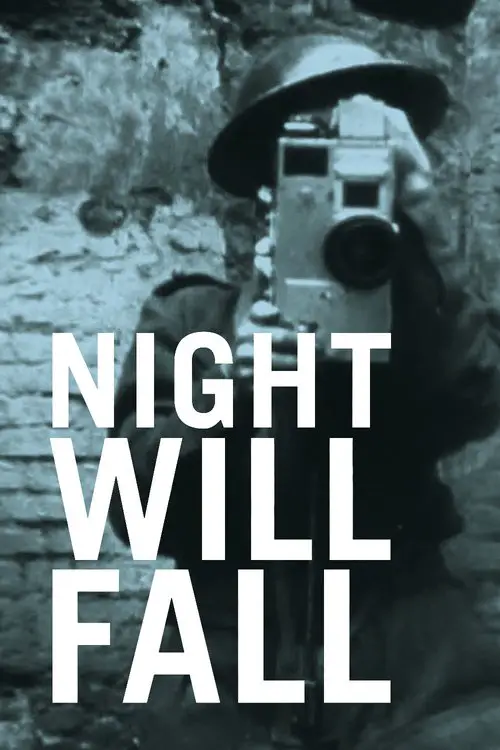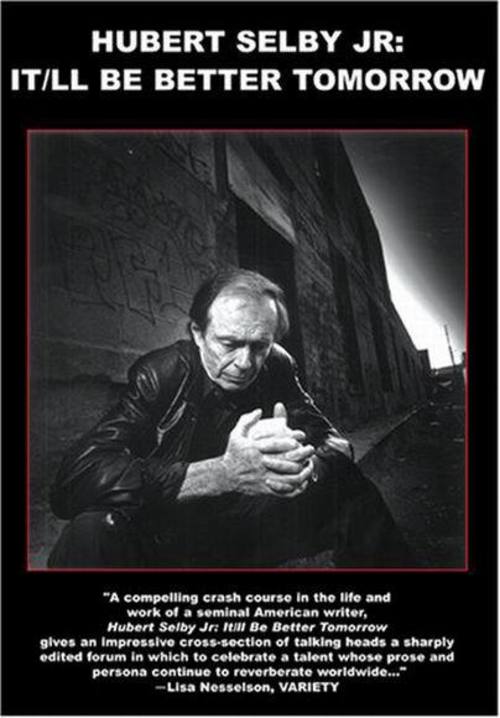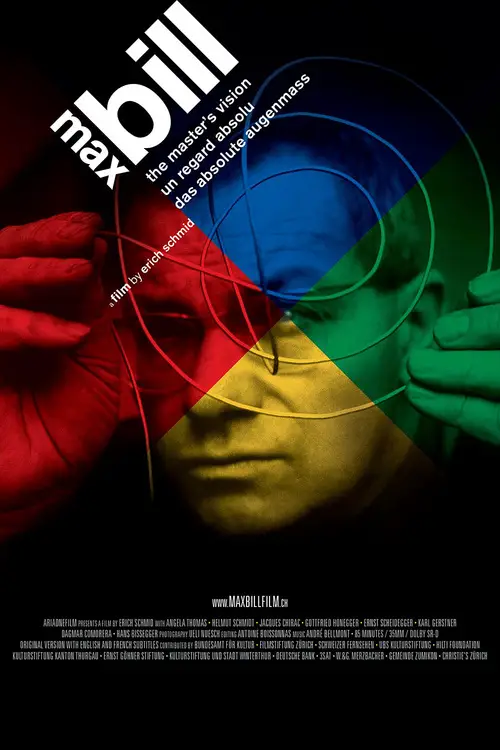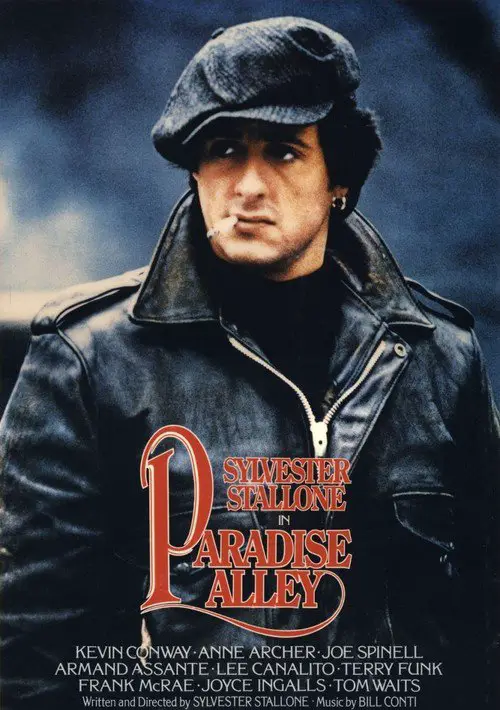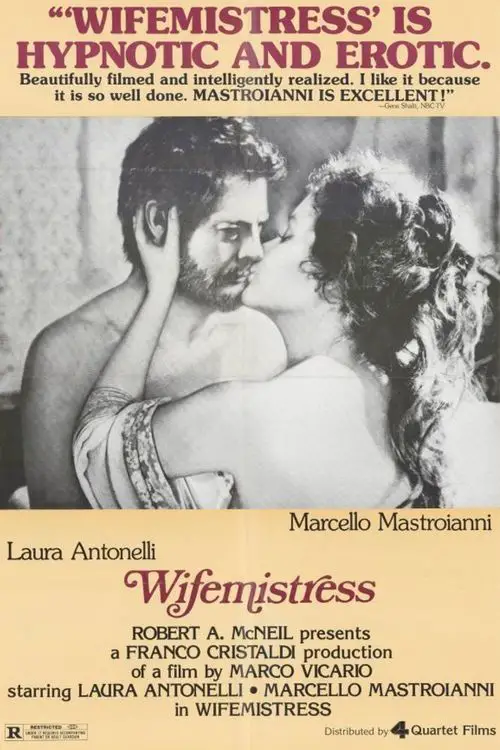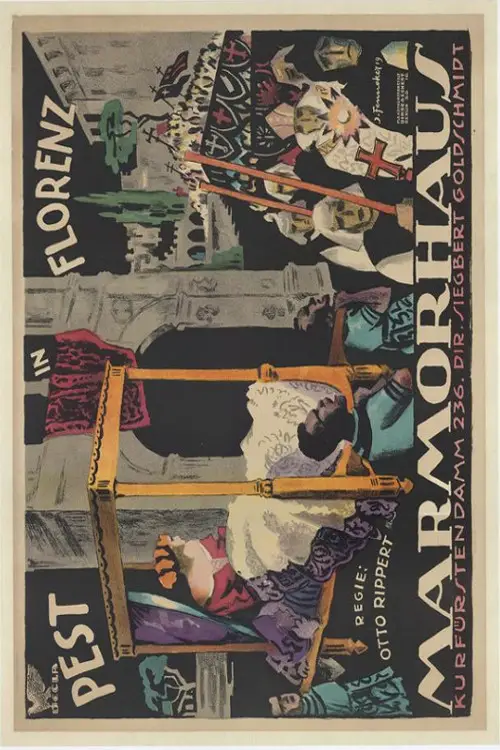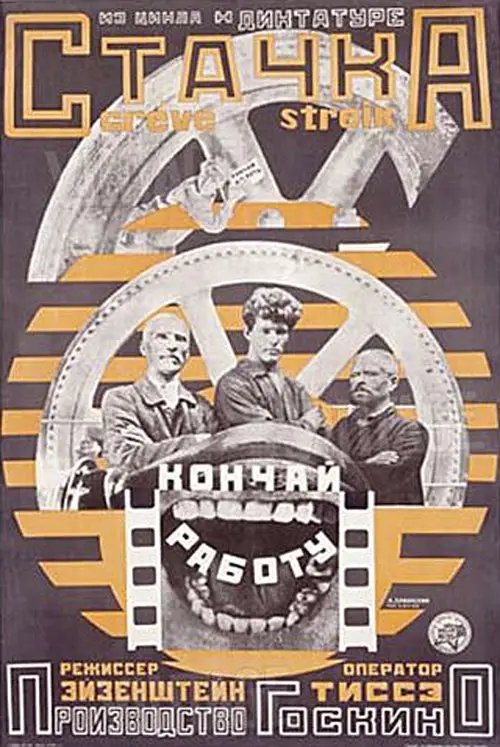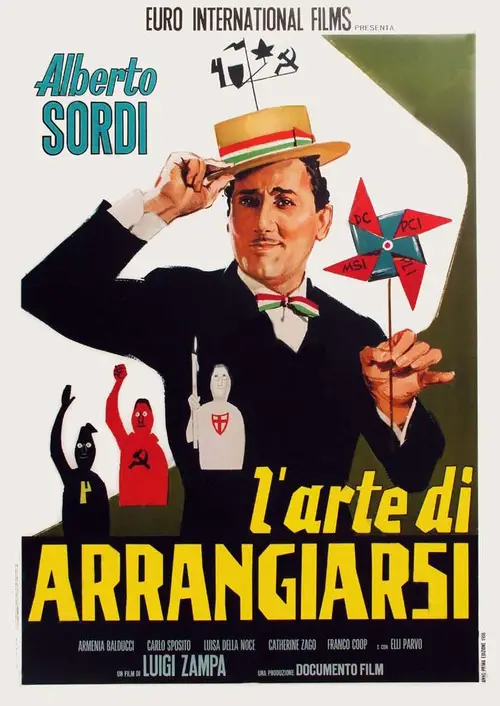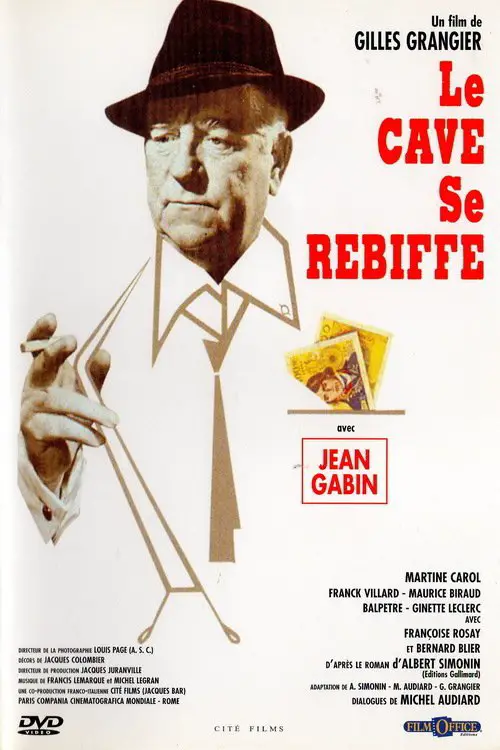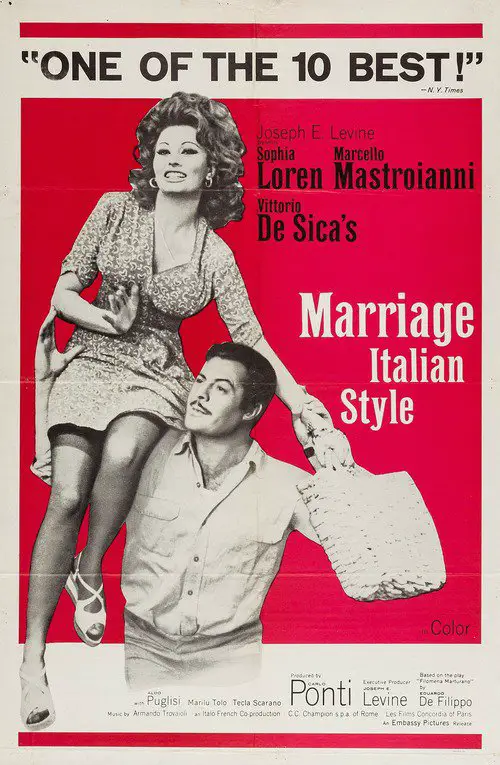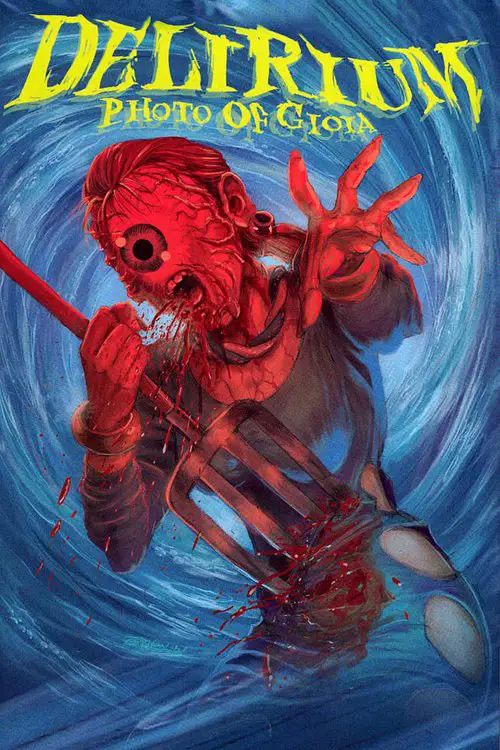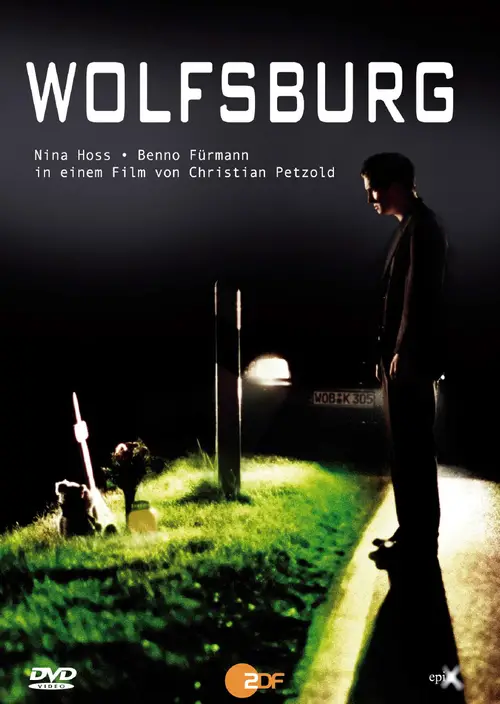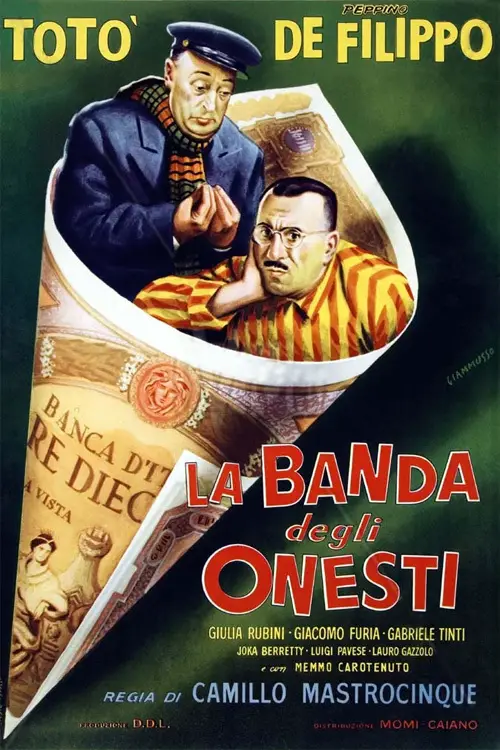Hollywood at Last! (1979)
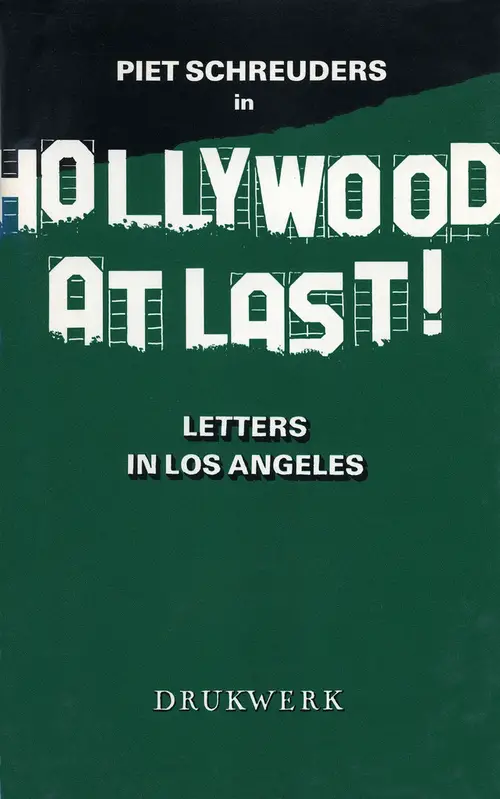
Similar movies
Helvetica is a feature-length independent film about typography, graphic design and global visual culture. It looks at the proliferation of one typeface (which will celebrate its 50th birthday in 2007) as part of a larger conversation about the way type affects our lives. The film is an exploration of urban spaces in major cities and the type that inhabits them, and a fluid discussion with renowned designers about their work, the creative process, and the choices and aesthetics behind their use of type.
When Allied forces liberated the Nazi concentration camps in 1944-45, their terrible discoveries were recorded by army and newsreel cameramen, revealing for the first time the full horror of what had happened. Making use of British, Soviet and American footage, the Ministry of Informationâs Sidney Bernstein (later founder of Granada Television) aimed to create a documentary that would provide lasting, undeniable evidence of the Nazisâ unspeakable crimes. He commissioned a wealth of British talent, including editor Stewart McAllister, writer and future cabinet minister Richard Crossman â and, as treatment advisor, his friend Alfred Hitchcock. Yet, despite initial support from the British and US Governments, the film was shelved, and only now, 70 years on, has it been restored and completed by Imperial War Museums.
An exploration into the life and art of the renowned author of "Last Exit To Brooklyn" and "Requiem For A Dream." Hubert Selby Jr., a self-described "scream looking for a mouth," against all odds, reached international acclaim with his controversial novels. His is a classic story of the great American novelist, overcoming tuberculosis, drug addiction and financial ruin, Selby eventually triumphed in his life and penned seven of the most remarkable and distinctly American books ever written.
The film about Max Bill (1908-1994) moves between the dynamic fields of art, aesthetics and politics. Max Bill was probably the most important swiss artist of the 20th century and the most famous student to come out of the legendary Bauhaus in Dessau. He was an ardent anti-fascist and all his avant-garde work as an artist, sculptor, architect and typographer showed a social responsibility and environmental awareness right through his life. His views have become incredibly topical.
Sylvester Stallone is fighting the odds again, this time in the wrestling ring. As Cosmo Carboni, he and his two brothers dream of getting out of Hell's Kitchen (circa 1946) and into the big time. The exit signs point to Paradise Alley, a sleazy private club where the floorshow consists of raucous wrestling matches with big purses. Stallone not only starred in and wrote this action-packed film, he also made his directorial debut in this tale of three guys who could take anything Hell's Kitchen could dish out.
Since her husband pronounced her frigid on her wedding night, Antonia DeAngelis has been an invalid. When he disappears, she believes him dead: she leaves her bed and takes over his business, traveling to see clients. She discovers her husband's passions, his political writing, mistresses, and his indifference to the peasants on her family's land. She improves their lot, begins an affair with a young foreign doctor, and publishes her husband's writings. All this time, he's hiding from a murder charge in a house across the square. Amazed, he watches her become his sexual and social equal. After the police drop the murder charge, will he disappear, end his life, or rejoin her on new terms?
Madison Avenue advertising man Roger Thornhill finds himself thrust into the world of spies when he is mistaken for a man by the name of George Kaplan. Foreign spy Philip Vandamm and his henchman Leonard try to eliminate him but when Thornhill tries to make sense of the case, he is framed for murder. Now on the run from the police, he manages to board the 20th Century Limited bound for Chicago where he meets a beautiful blond, Eve Kendall, who helps him to evade the authorities. His world is turned upside down yet again when he learns that Eve isn't the innocent bystander he thought she was. Not all is as it seems however, leading to a dramatic rescue and escape at the top of Mt. Rushmore.
Suddenly appearing in Florence, an evil seductress causes Cesare, the city's ruler, and his son to both fall madly in love with her. The son, killing his father before an order to torture the woman can be carried out, then turns the city's churches into dens of sexual debauchery. Acts of evil and corruption continue unabated until the arrival of Death, who brings with her a horrible plague which she is about to loose upon the city.
The film depicts a strike in 1903 by the workers of a factory in pre-revolutionary Russia, and their subsequent suppression. The film is most famous for a sequence near the end in which the violent putting down of the strike is cross-cut with footage of cattle being slaughtered, although there are several other points in the movie where animals are used as metaphors for the conditions of various individuals. Another theme in the film is collectivism in opposition to individualism which was viewed as a convention of western film.
In Naples, in the Second World War, the wolf businessman Domenico Soriano meets the seventeen years old whore Filumena Marturano in a brothel during an allied bombing. Two years later, in the post-war, they meet each other by chance and begin a long affair. For twenty-two years, Filumena is his mistress and administrates his shops in Naples while Domenico is traveling. When Domenico decides to marry the young cashier of his bakery, Filumena lures him as if she were near to death and he marries her. Later he annuls their matrimony, and she tells him that she has three sons that she raised secretly, one of them is his legitimate son but she does not disclose his identity. The middle-age Domenico uses the most different subterfuges trying to find which teenager might be his son.
This spaghetti horror's storyline revolves around a former hooker (Grandi) running a successful men's magazine. An obsessed admirer systematically slaughters her models (occasionally increasing the magazine's output) and supplies the mistress with pictures of their disfigured corpses taken in front of her semi-nude posters visible in the background. Is she going to be the psycho's next victim?
Philipp Gerber is a smart, but self-satisfied car salesman. In an inattentive moment at the wheel of his car, he runs over a biker and drives away. As he has feelings of guilt, he tries to find out more about the accident's victim and learns that the boy lies seriously injured in a hospital. Philipp wants to tell his mother Laura Reiser the truth, but he doesn't. After a carefree holiday with his girlfriend Katja, he learns that the boy is dead. Meanwhile, Laura staggers between grief and the desire for revenge. One evening, she can't bear it any more and jumps off a bridge, but Philipp saves her life
© Valossa 2015–2026
| Privacy Policy

